The Stadium Series is around the corner as the New Jersey Devils and Philadelphia Flyers face each other on Saturday night at MetLife Stadium. Then, the New York Islanders face the New York Rangers on Sunday afternoon. The Islanders and Rangers matchup is particularly intriguing not just because of the rivalry, which is one of the best in the NHL, but it’s also worth looking at from a team-building standpoint.
Related: Patrick Roy Unable to Fix Middling Islanders
The Islanders and Rangers are heading in opposite directions this season. The Rangers have a 35-16-3 record and enter the game on a six-game winning streak, boasting the best record in the Metropolitan Division. On the other hand, the Islanders are 22-18-13, and with only three wins in their last 10 games, they are middling in the division and on the outside of the Eastern Conference playoff picture looking in.
The gap between the two teams stings for the Islanders, considering they entered the season evenly matched with their New York rival with a similar roster. They had a good defense, great goaltending, and, more importantly, a strong core in place. Yet, the difference between the two teams is night and day largely because of how both front offices are built around their star players. As a result, the Rangers have assembled a great roster, while the Islanders have an average one that is struggling at the moment.
It’s easy to point to the depth as the reason for the gap, as the Rangers have plenty of it while the Islanders don’t. There’s more to it, especially since Islanders general manager (GM) Lou Lamoriello has constructed this team with depth in mind. The approaches of the two GMs have stood out this season, with Lamoriello struggling to keep his team competitive while the Rangers’ GM Chris Drury has continued to keep his team in the Stanley Cup conversation.
Lamoriello Ran It Back
Keeping the roster intact wasn’t a bad idea when the team was making deep playoff runs in 2020 and 2021. In the NHL, eventually, a team becomes too old and veteran-heavy to compete, and Lamoriello, doubling and even tripling down on this group, backfired. The seven-year contracts that he handed out this offseason are both weighing the Islanders down and costing them in the short and long term.
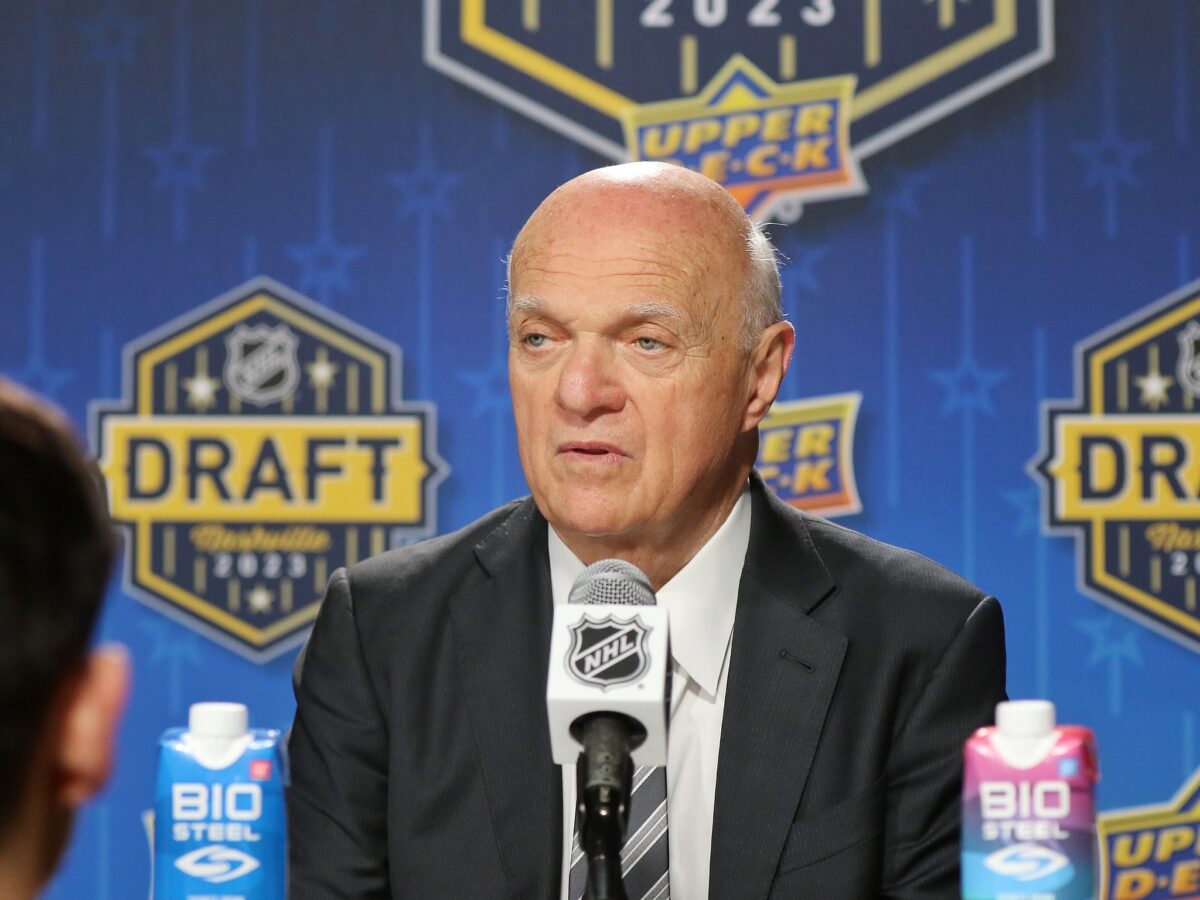
The Pierre Engvall deal looks rough at the moment as he’s struggled to find a role in the forward unit and only has six goals and 10 assists on the season. However, at 27 years old, there’s plenty of time for that contract to age well. The same can’t be said about the seven-year deal given to Scott Mayfield, who, at 31, is past his prime and rapidly declining. The injuries are starting to get to him, and he’s losing a step as a defenseman, turning a once reliable part of the unit into a liability. Lamoriello also didn’t help the cause when he gave Semyon Varlamov, who is 35 and the backup goaltender, a four-year contract, keeping the Islanders goaltending duo the same older unit.
It’s the give and take of Lamoriello’s style. He rewards players who buy in and his loyalty attracts some skaters as well as convinces stars to stay on the team long-term. It’s the reason he could assemble a core in the first place, as Mathew Barzal, Bo Horvat, Adam Pelech, Ryan Pulock, and Ilya Sorokin were all handed eight-year contracts. Those five skaters became the core, and all five contracts, for the most part, look like they will age well. However, for the few good deals, there are a handful of bad contracts that make the team look worse with each passing season.
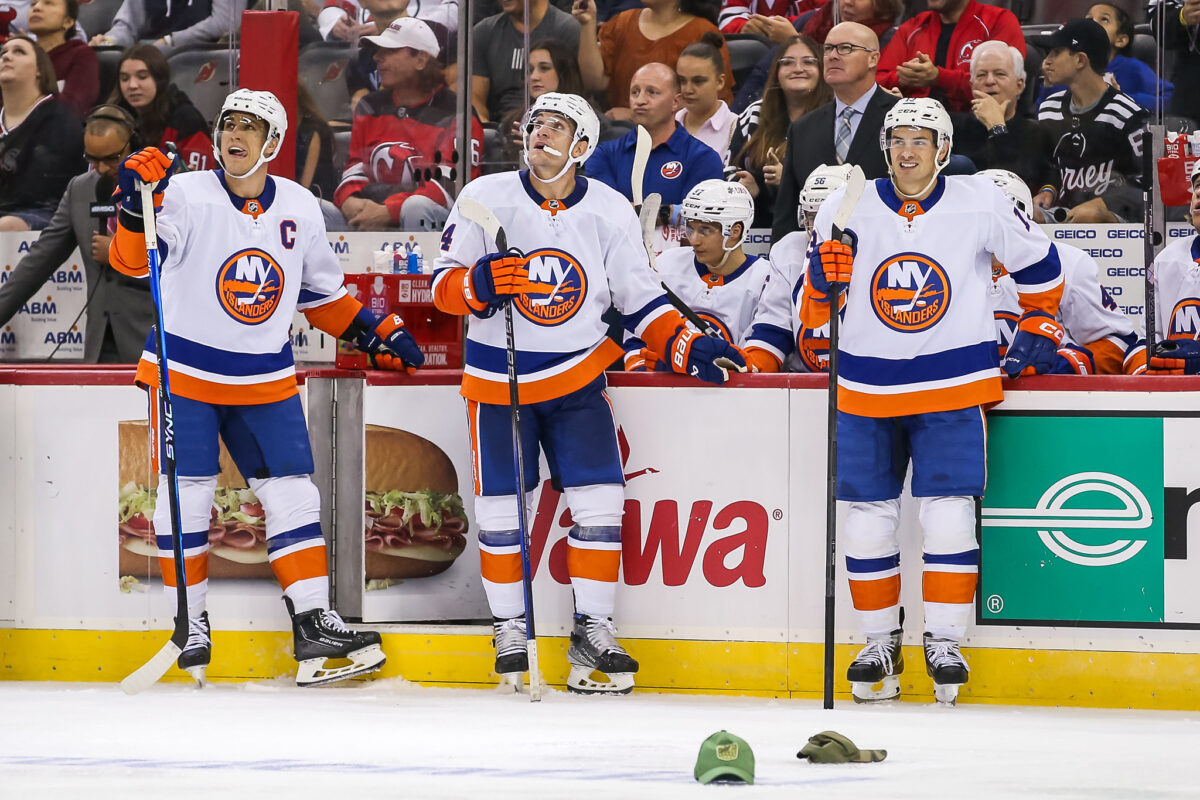
The contracts also leave the Islanders a mess. A team once built on depth lacks it, and instead, the team is carried by the star players and not much else. The offense relies on Barzal, Horvat, and Brock Nelson, while the defense is fueled by a healthy Pelech, Pulock, and rising star Noah Dobson (who is next in line for one of those eight-year extensions).
After those skaters, there’s a drop in production, and what makes things worse are the immovable contracts. Five skaters have no-trade clauses, and nine have modified no-movement clauses. The Columbus Blue Jackets fired GM Jarmo Kekalainen recently, and with all the contracts Lamoriello handed out, he could be the next GM on the hot seat.
Rangers Constantly Move Pieces Around
The Rangers have a similar core as the Islanders, with two forwards (Artemi Panarin and Mika Zibanejad), two defensemen (Adam Fox and K’Andre Miller), and an elite goaltender (Igor Shesterkin) leading them. The difference is that, unlike keeping the complementary players around them the same, they keep searching for players both within and outside the organization to step up. Drury is aggressively searching for new talent as he calls up prospects for the American Hockey League (AHL), makes moves at the trade deadline, and searches for players in free agency to add to the team on cheaper, team-friendly deals.

At times, this strategy has backfired. Likewise, playoff defeats are tougher to digest after the Rangers go all-in but fail to make a deep playoff run. Last season, they acquired Vladimir Tarasenko and Patrick Kane at the trade deadline, and despite a star-studded roster, they lost to the New Jersey Devils in the First Round in a seven-game series. The aggressive pursuit of the team’s first Stanley Cup since 1994 and second since 1940 makes it tougher to rebound from each playoff exit and harder to come back stronger the next season.
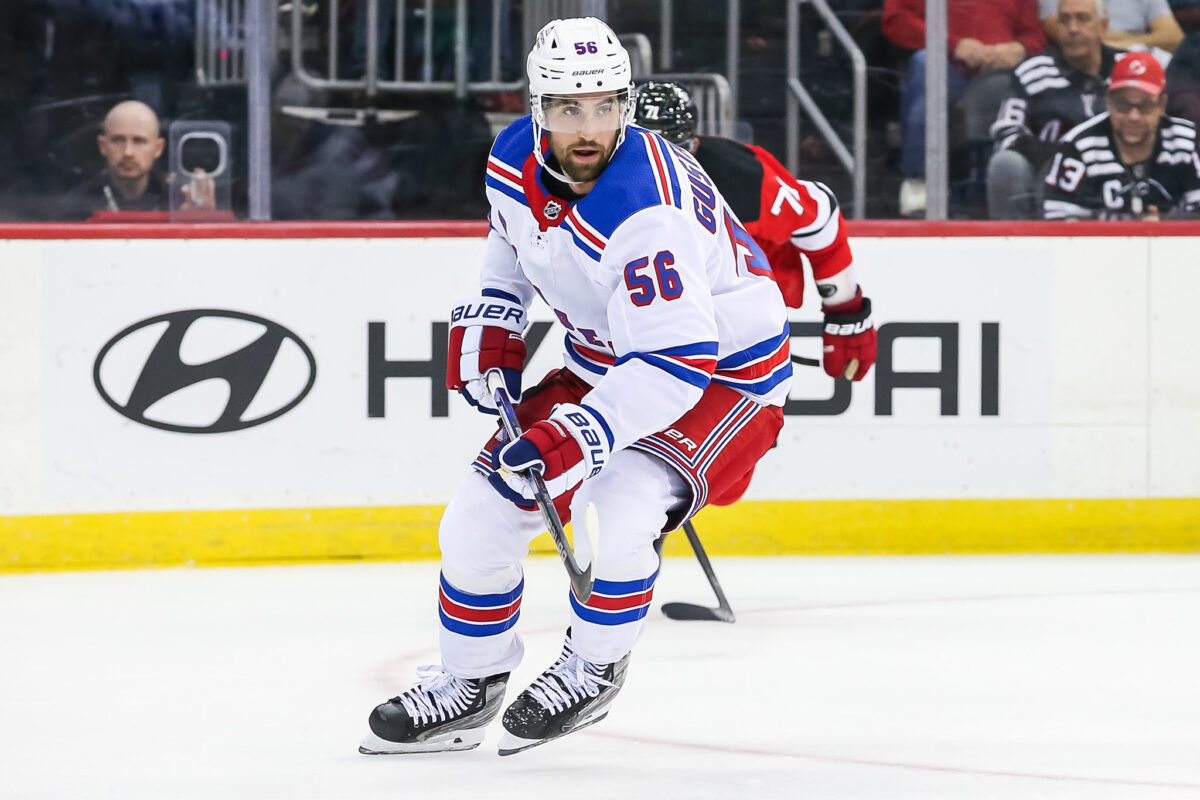
That said, this strategy, notably the low-cost signings, has allowed Drury to find some gems to strengthen the depth of the roster. Erik Gustafsson was given a one-year $825,000 contract this offseason. He’s emerged as one of their best two-way defensemen (his 23 points are second on the unit behind only Fox). Jonathan Quick has a contract that mirrors Gustafsson’s (same term and salary), and he’s become one of the best backup goaltenders in the league. The bargain contracts added depth to the roster, and as a bonus, they gave Drury flexibility. If any of the players he brought in this offseason struggled, he could easily move on from them.
The result for the Rangers is that they’ve been one of the teams to beat in the Eastern Conference. They reached the Eastern Conference Final in 2022 and once again have a roster poised to make a deep playoff run.
Islanders Never Had The Highs & Lows
In defense of Lamoriello, his teams never bottomed out. The Rangers under the regime before Drury did, and it helped them refuel their farm system and build a young roster. Tanking is a taboo term in sports as front offices, coaches, and, most importantly, the players are all trying to win. However, one of the elements of every championship-caliber team is not only being in a position to draft elite prospects but to find gems and develop them into stars.
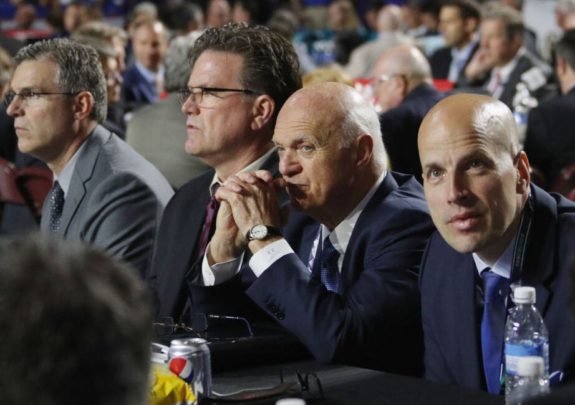
Lamoriello doesn’t believe in building through the draft, at least not with the Islanders. Instead of trading away players for draft selections, he’ll move on from top prospects to acquire more talent with the hopes of remaining competitive. The Horvat acquisition embodied that as he moved on from a first-round draft selection in the 2023 NHL Entry Draft and a top prospect in Aatu Raty for the star center. He’ll always push to keep a team competitive and will never look towards the draft.
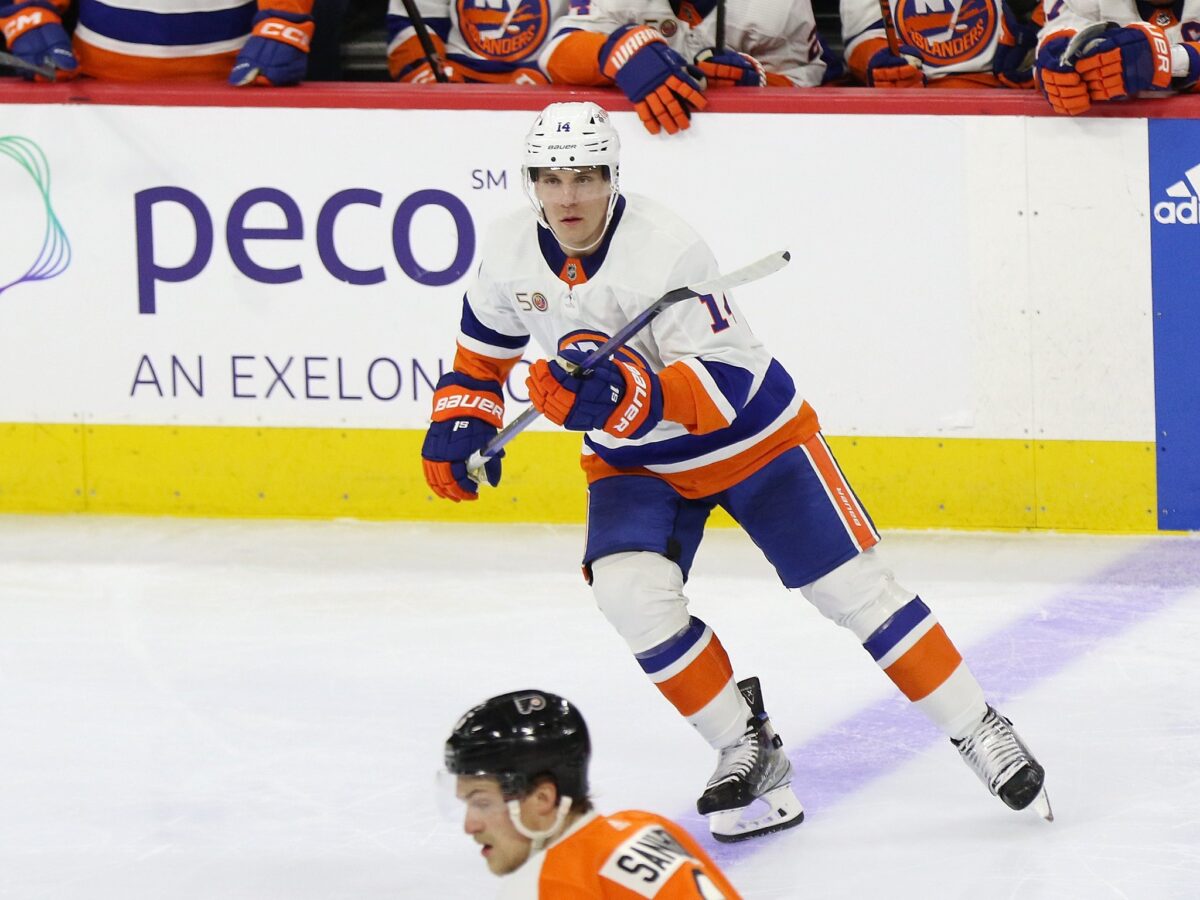
The question, honestly, is which fanbase has a better experience? The Rangers finished in seventh place or worse in three consecutive seasons before finishing in fifth place in 2020-21 and then surging to the top of the Eastern Conference. The Islanders have remained a good team but not a great one that can win the Cup. They have a team capable of making the playoffs and winning a few rounds, and that’s about as good as it gets. The seven-game series against the Tampa Bay Lightning in 2021, a series where they lost the final game 1-0, was as good as it gets. On the other hand, the Rangers have had the highs and lows in recent seasons, and their ceiling is a Stanley Cup title.
Coaching Hires Reflective Of Consistency & Urgency
The two hires Drury made were similar and helped keep the Rangers the same team with a different voice behind the bench. Gerrard Gallant was hired in the 2021 offseason with the team hoping to compete for the Cup, and his tenure was a mixed bag, but for the most part, he helped them take that step, going from fifth place in the Metropolitan Division to the Eastern Conference Final. Gallant didn’t last long, as the Rangers couldn’t adapt with him behind the bench, but the front office didn’t make a hard pivot with the Peter Laviolette hire.
Laviolette isn’t a perfect hire and far from it, as his teams notably fall apart by his third or even second season as the head coach. However, he’s kept the Rangers in a stable place, and his style overlaps a lot with Gallant’s. He fields disciplined teams that can win in multiple ways, and his experience allows him to prepare for each opponent differently. The result is a Rangers team that picked up where they left off a season ago.
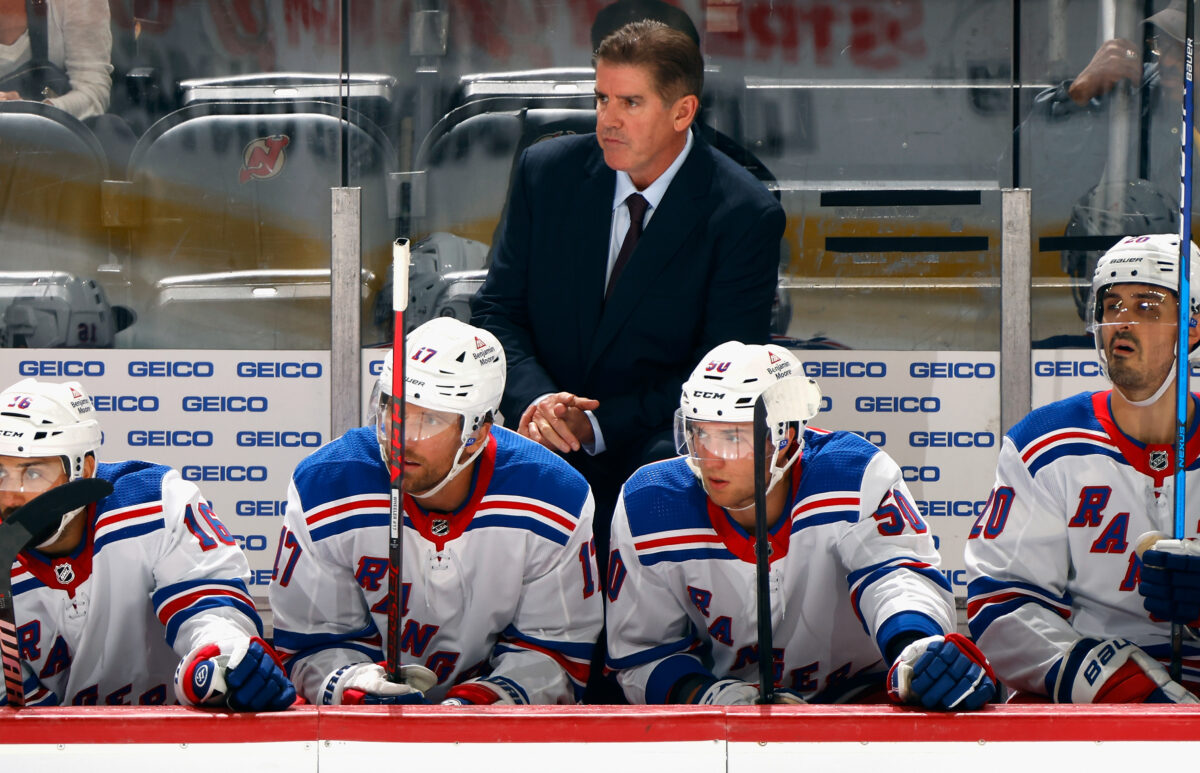
Meanwhile, the Islanders have made coaching hires in recent seasons that reflect desperation and a sense of urgency to fix a team that is starting to fall apart. After Lamoriello fired Barry Trotz, a coach who loved to play a slower, defensive-minded, disciplined game, he hired the opposite in Lane Lambert, a coach who wanted to speed things up at the cost of structure. With Lambert’s team struggling this season, Lamoriello pivoted again in the other direction, hiring Patrick Roy. Roy not only is a more vocal coach, something the Islanders haven’t had in a while, but he’s also one who preaches structured hockey.
Roy will try to turn the Islanders’ season around and make them a competitive one. The problem is that this team has struggled under the two previous head coaches, and at some point, the question becomes whether this is a roster problem or a coaching problem. If Roy can’t fix this team, then who can? If the answer is nobody, what does that mean for everyone else on the Islanders, including Lamoriello and the entire front office?
How The Islanders & Rangers Will Approach The Trade Deadline
Lamoriello might further push this team to contention and deplete the farm system, which is already one of the worst in the NHL. Ideally, the team plays better in the coming weeks, so a big move ends up making sense. If the Islanders continue to struggle, a trade to help the roster retool might be necessary. Nelson is a skater who could field a significant return in a trade, and most GMs would consider moving him. Lamoriello isn’t like most GMs (or any, for that matter).
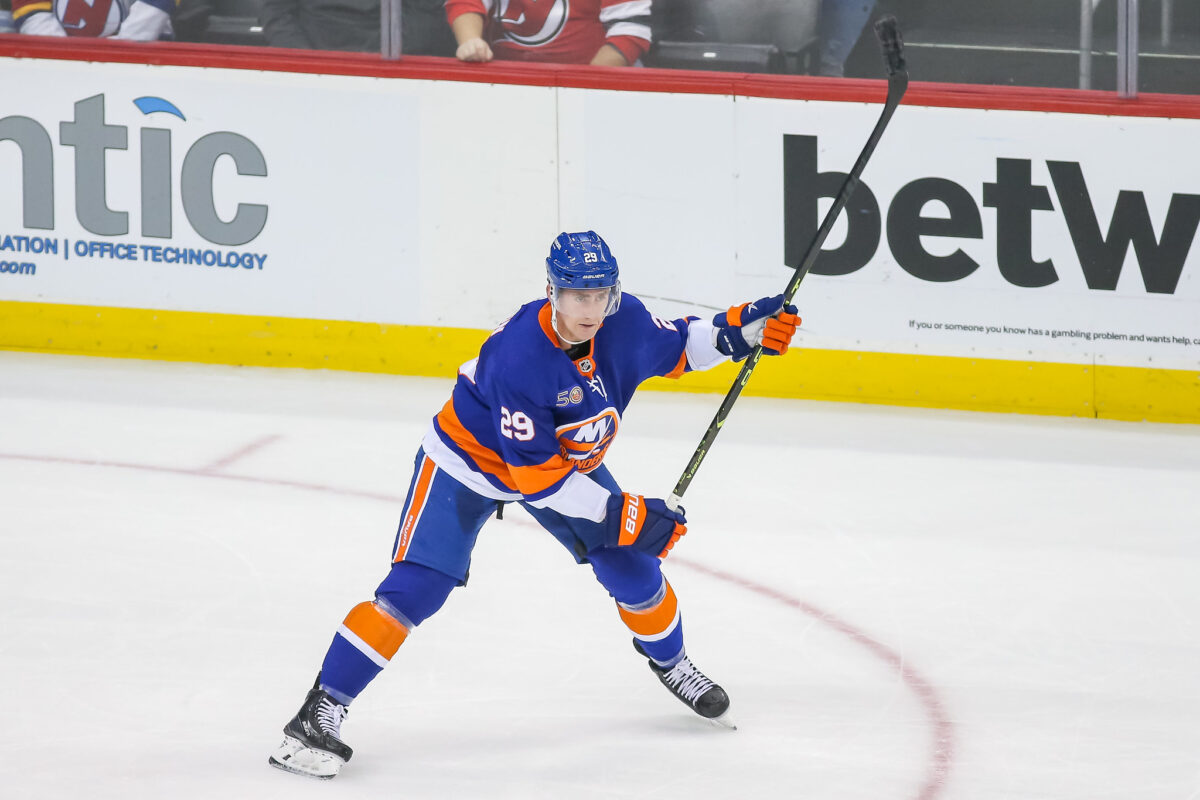
The problem is that Lamoriello won’t move pieces around and certainly won’t trade away key players on the roster. It’s been his mentality as a general manager, and it always will be. Ultimately, this doomed him when he was the Devils’ GM as he kept pushing the team to contend when they were in dire need of a reset, and his unwillingness to move on forced the ownership to part ways with him.
The Rangers are in an interesting spot, considering their strategy last season. They went all in and searched for star power to put them over the top. Interestingly, the teams that win the Cup often don’t make the splash addition at the deadline and instead acquire an under-the-radar talent. The Vegas Golden Knights added Ivan Barbashev last season as a depth skater, and he emerged as a key part of the Cup-winning roster. They have a team that doesn’t need another elite player or two, and instead, it might make the front office take a safer approach.
The Rangers adding a few more depth players and making minor additions might be in their best interest. They won’t mortgage the future, and better yet, it will set them up for a deep playoff run as they will round out their roster by further strengthening their depth,
